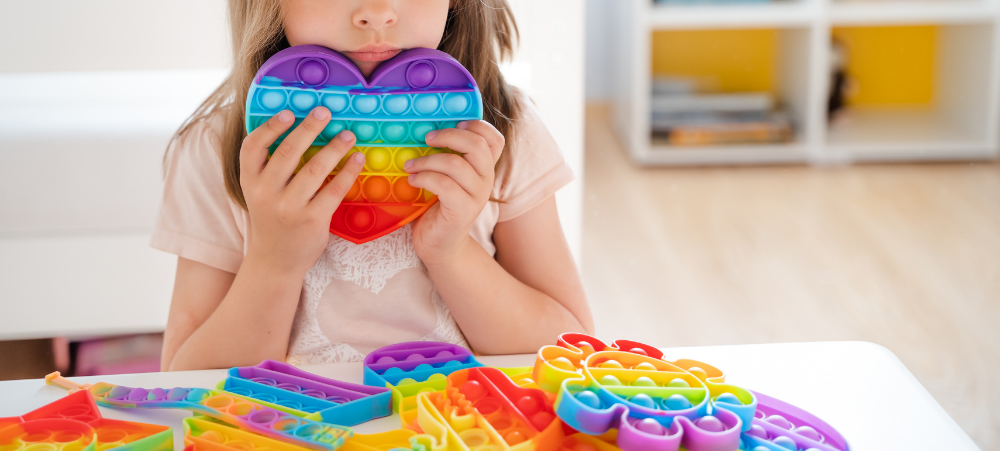
The Words We Use
Once a word leaves your mouth, you cannot chase it back even with the swiftest horse. –Chinese Proverb Teachers and parents play a very important role when it comes to protecting our children from being shamed. The words we speak and the attitude and response to a child’s behaviour can be damaging or encouraging. Think of comments you remember from childhood. What emotion does it bring up in you? Here are some examples of statements that can be emotionally damaging when used regularly: You always. You never. What were you thinking? Why can’t you be like your brother? What did you do THAT for? You idiot! You’ll never amount to anything. You are an accident waiting to happen. Typical you! You irritate me. You make me mad. You’re so slow/sloppy/clumsy/irresponsible. You’re naughty/impossible. You embarrass me. Your brother is the apple of my eye/the best at … You are such a nerd. You can’t ever do anything right. You have no dress sense. If you experienced these derogatory words as a child, it is very easy to fall into the trap of repeating the cycle with your own children. Please do not hesitate to ask for help. A cycle can be broken! It takes so many positive words to cancel out the negative effects of the above kind of remarks. Positive statements are far more effective. They can build a child’s self-confidence and independence and contribute towards a positive relationship with you. Find opportunities where you can say things like: I am so proud of you for trying. You did such a good job. You are amazing/considerate/helpful. I love the way you help your sister. That was kind to… That was thoughtful. Are you really already old enough to …!? That must have taken a lot of effort. You’re such a good friend. That was quite a sacrifice. I can’t believe you remembered to … That was very brave/courageous of you to … Thank you for being so understanding. I know that was hard for you. The emphasis needs always to be on ‘I love you, but I don’t accept what you have done’ or ‘I love you but I cannot accept your behaviour’. Do not be tempted to say things in the heat of an argument. If you need to, remove yourself from the situation and resume the conversation later. Or, tell your child that you will think about a punishment and post it on the refrigerator later. Your word needs to be your word. That way, they learn to trust you so that when you say, ‘I love you’, The will know you really mean it. This is why I encourage a time-out from a young age because time-out is even a good practice for adults; removing themselves from a situation to calm down and gain a different perspective of the situation or to think about an appropriate response. Between stimulus and response there is a space. In that space is our power to choose our response. In our response lies our growth and our freedom. – Viktor E Frankl ‘It’s mine!’ Without giving it much thought, parents automatically say things like, ‘Don’t touch that, it’s mine.’ How many times does a child hear that from the time that they are crawling babies? then, when The are toddlers and a friend comes to play, parents are shocked to hear them snatch a toy away and say, ‘No, it’s mine.’ We need to emphasize the fact that, yes, it belongs to Mommy, Daddy, or a friend, but that is not the reason not to touch. The reason should rather be: It’s hot. It’s not your turn. It could break. I do not want you playing with it. And the like. When children are fighting over toys, I have often heard a parent say, ‘Well, after all it is his toy.’ That is not the point. Having possession of any item does not give you the option of being selfish, but simply affords you the right to share it at an appropriate time, with a good attitude. Johnny, Johnny, Johnny! It often happens in a home visit that while I am talking to the parents, the child will be doing something they shouldn’t. The parents then start randomly saying the child’s name over and over. The parent knows what they are implying, but generally the child does not. Theyhave learnt to ignore their name because there is not an instruction that follows nor a consequence to their lack of response. Rather say, ‘Johnny, look at me’ or ‘Johnny, stop running’ or what- ever the instruction is, but not just ‘Johnny’ randomly in different tones. This eventually just goes right over their heads. Make every word count The same applies when your child calls you. Do not ignore his ‘Mommy, Mommy, Mommy!’ Parents often learn to block out noise to be able to cope. However, tune in when your child is calling you, and respond immediately, either by answering or by showing the hand signal.


























